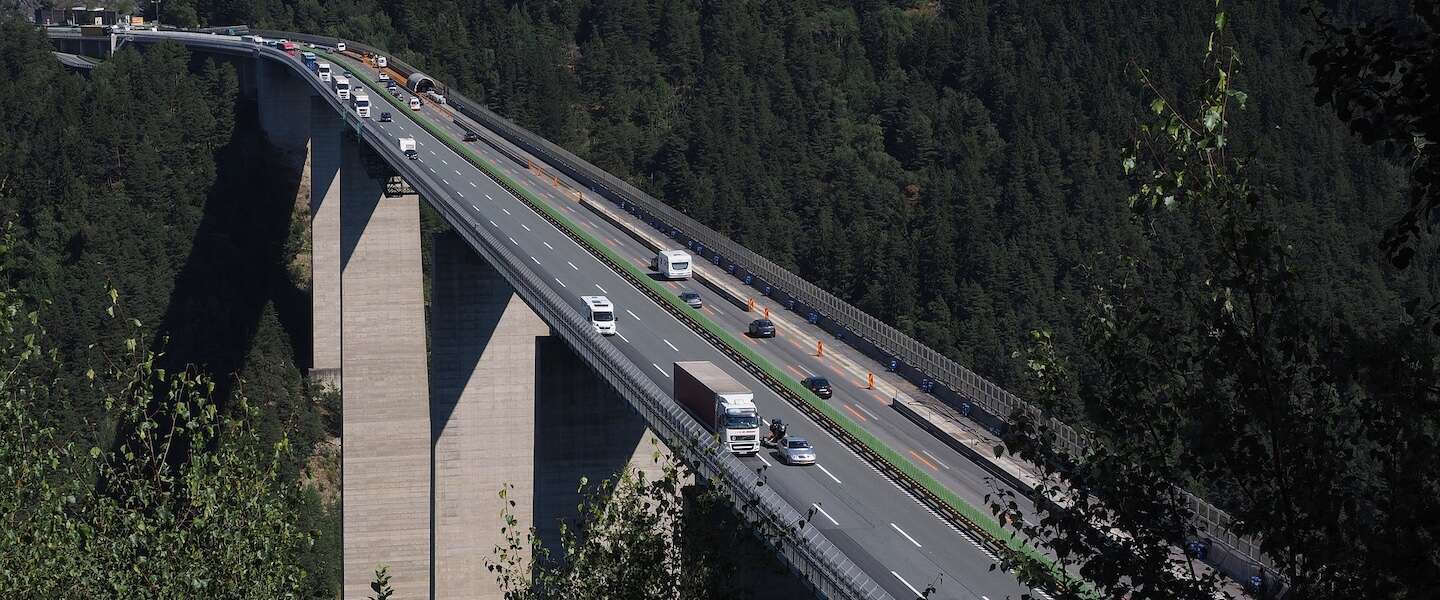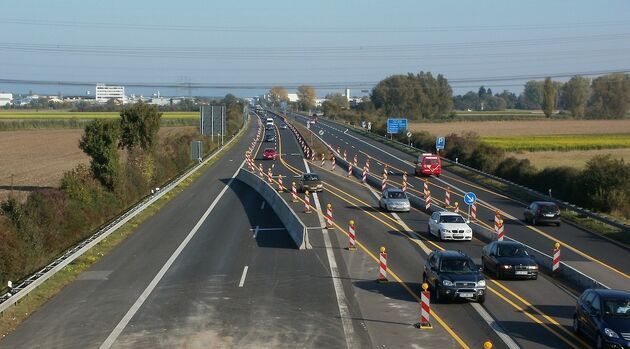
One of more than 4,000 bridges and viaducts that are deteriorating faster than expected
It has been big news in Germany for a few years now. The country’s pride, the Autobahn, is slowly but surely crumbling. In 2022 it was announced that more than 350 bridges and viaducts were in poor condition. Some might even be on the verge of collapse. In total, approximately 4,000 bridges and viaducts must be replaced by 2030. What is particularly special is that some of these structures should not formally need to be replaced any time soon. Our eastern neighbors are now conducting a major investigation into the cause of the faster decay of bridges and viaducts. In May 2023 we were guests at the demolition of one of the important bridges of the Sauerland Autobahn (A45). That was an impressive sight.
Bridge near Aachen collapses
It will happen again at the end of this month, on January 30 a bridge against the plain. This time on the A544, just across the border at Heerlen. It is the Haarbachtal Brücke near Aachen, a 157 meter bridge that rises about 20 meters above the valley near Würselen. The bridge was closed to all traffic this week, but for some time no freight traffic was allowed to cross it and the number of lanes had been reduced to one and traffic was only allowed to drive over the bridge in one direction. And now the concrete rot that the bridge is suffering from has become so bad that it has to be taken to the ground sooner than hoped. This also means that the A544, a city motorway between the autobahn junction behind Aachen and the center of the German city, will be closed for two years. A new bridge will be built during that time.
It will be another period of more traffic jams and delays for Aachen and the surrounding area, where many Dutch people regularly travel. A blessing in disguise is that the new motorway junction behind Aachen (towards Cologne, Düsseldorf and Liège) is now ready. It took more than 10 years to build it. Much longer than planned, which caused many extra traffic jams in those years.

Not invested in maintenance and innovation for too long
As mentioned, the abysmal condition of many German Autobahns, bridges and viaducts has been a thorn in the side of Germans, local politicians and companies for years. Anyone who has ever driven through Germany will undoubtedly remember the many Baustellen on the highways. And it will remain that way for a number of years to come. The German motorway network is struggling with a huge backlog in maintenance. That is why we will see many more Baustellen in the coming years. In short, if you go to Germany by car in the coming years, prepare yourself for even more and larger Baustellen, closed bridges, diversions and, not to forget, the speed cameras. They flash from the front in Germany, so if you see him, you’re probably already too late. The speed limit at roadworks is usually 80 km/h there, but you also see 60 km/h appearing more and more often
According to many companies, residents and local politicians, this is mainly the fault of the governments under Frau Merkel. For many years between 2005 and 2021, they failed to release money for maintenance and renovation of important traffic arteries such as the A1 from Cologne to Dortmund. Part of that highway has been closed to heavy traffic for years due to the poor condition of some bridges (over the Rhine, among others). Ultimately, those bridges will also have to be replaced, which means that those highways will also be completely closed for a long time. Something to take into account if you drive through Germany by car on the way to your holiday destination for the next fifteen years (and perhaps even longer).




